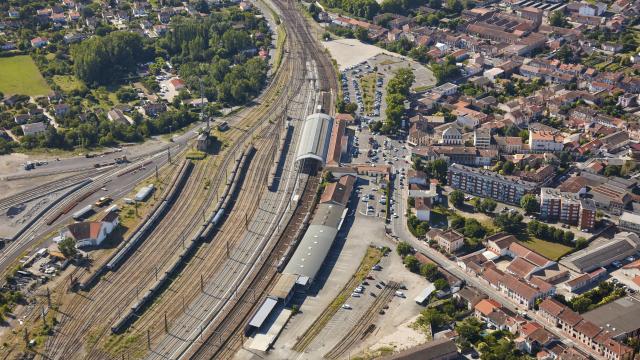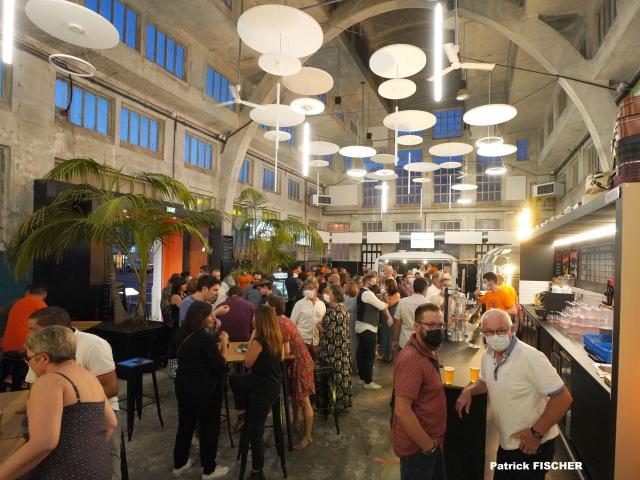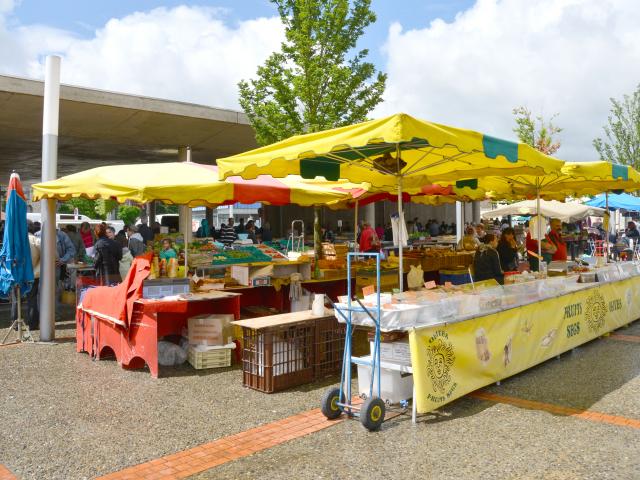Villebourbon was named in honor of Henri de Navarre, the future Henri IV and first king of the Bourbon line, who, during the Wars of Religion, united two former suburbs behind an imposing fortification, giving rise to a new district. The new district was home to a number of industries, including tile factories, flour mills and dye works, all taking advantage of the proximity of the Tarn River. Lining the quay are grand townhouses built in the 17th and 18th centuries by wealthy textile entrepreneurs and merchants, whose vaulted ground-floor rooms housed workshops and warehouses.
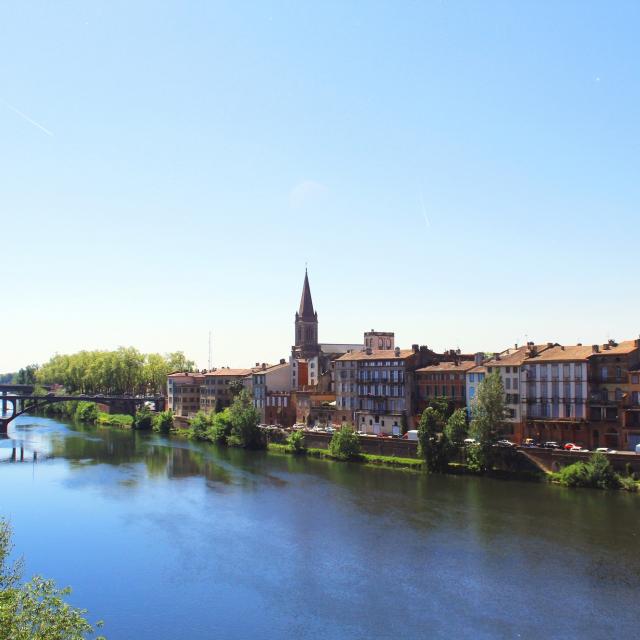
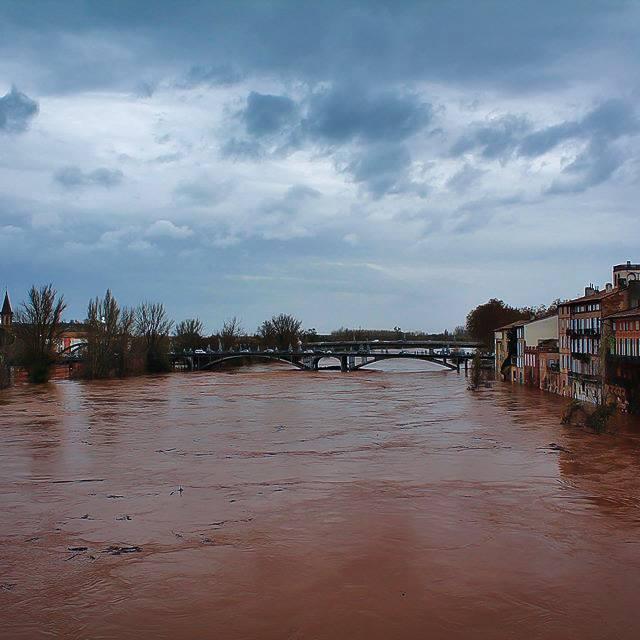
The Tarn is a capricious river. Regularly in flood, its overflows are constantly felt in the city, particularly in the Villebourbon district. In fact, one of the city’s most disastrous episodes in the 20th century was caused by a flood. As you stroll along the quays along the banks of the Tarn, you’ll surely notice the flood scale, a reminder of the flood of March 1930, when the waters rose to 11.50 meters above their lower level and ravaged the district. A Montalban native, Adolphe Poult (whose name the quays now bear), sacrificed his life to save dozens of residents from drowning. Today, the town is equipped with anti-flood walls, large gates that close in the event of high water, considerably reducing the risk of flooding. You can see these walls as you stroll along the banks of the Tarn.
Designed by architect Marcel Renard, the covered market was inaugurated in April 1935. The architect took full advantage of the possibilities offered by reinforced concrete combined with glass to construct a luminous, functional building, a vast single nave 24 meters long and 12 meters wide. Markets were held here until 1967, after which the building underwent a variety of uses that altered its interior layout. The covered market has been listed as a historic monument since 2005.
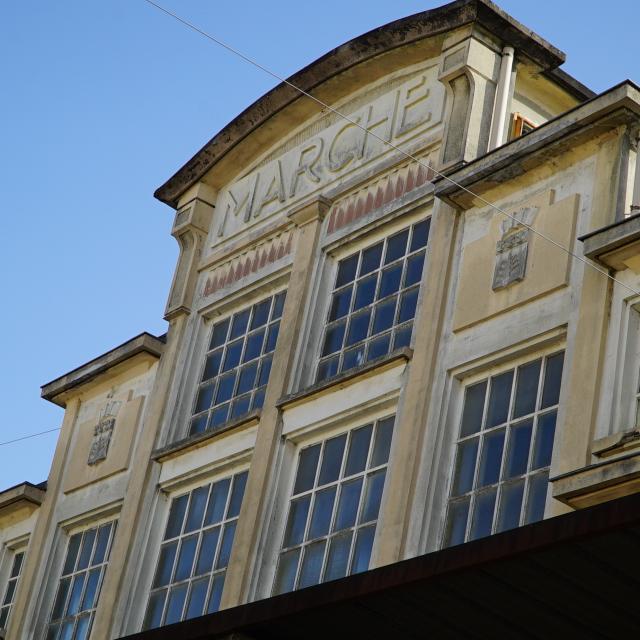
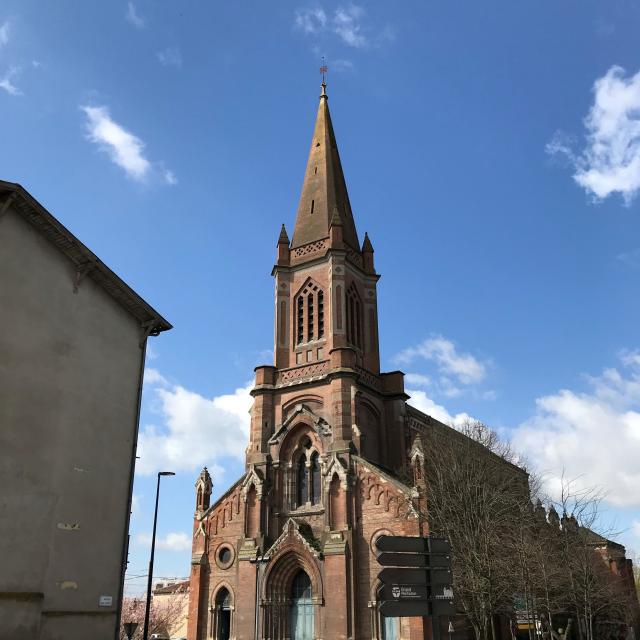
With the exception of the steeple, the church was inaugurated in 1891 by diocesan architect Léopold Gardelle. In 1930, the church withstood the flood that partly destroyed the Villebourbon district. Paradoxically, this catastrophe allowed the building to be completed: thanks to the generosity of Paris City Hall towards the stricken town, the bell tower could finally be built by architect Germain Olivier. At 65 meters, it is considered the tallest in the département. The church is home to an exceptional collection of stained-glass windows by André Rapp, some depicting the heroic deeds of Adolphe Poult.

